Welcome to this resource we’ve created for anyone interested in wildlife diseases! This material is for a wide audience: wildlife harvesters, conservation officers, biologists, wildlife technicians and managers, researchers, veterinary students and veterinarians, public health workers, natural resource educators, other teachers, naturalists, citizen scientists, and more.
Wildlife Health: Learning more, staying safe
Wildlife are harvested for food in northern and southern Canada, and are part of the cultural fabric for many peoples. These species are considered prized and rich nutritional sources, and some wildlife body parts, hides, and furs are still used for making clothing and other items by hand.
Four main groups of disease-causing agents or “pathogens” affect wildlife: bacteria, viruses, parasites and prions. Some of these are “zoonotic,” meaning they can be transmitted between animals and humans. While infections are rare, people can potentially be exposed through several pathways: for example, butchering a carcass, eating infected parts that are not fully cooked, or through other activities that involve handling fresh or dried tissues.
Our purpose here is to share valuable knowledge and photographs of wildlife cases for educational purposes. We also aim to support decisions related to disease and actions that harvesters, conservation officers, biologists, and others may need to make in the field while hunting or collecting samples.
What is here?
Surfing around you’ll find photos, general information, and pathology descriptions (scientific summaries by veterinary pathologists) for wildlife disease cases that we have investigated and documented in wildlife samples from across the Arctic and western Canada.
You can search the collection in many ways: by species (e.g. muskox), by animal grouping (e.g., ruminant, wild mammal), by organ system (e.g., musculoskeletal, reproductive), by process (e.g., bacterial, trauma), or by a key word(s) that could be the disease name if you know it, a specific tissue or structure affected, a disease-related finding (e.g., swollen joint, kidney abscess), and more.
Pathology is … soooo cool!
When we talk about wildlife disease, we’re usually talking about seeing “pathology,” which is the science of the causes and effects of disease. Pathology includes a long list of laboratory examinations and tests that can give clues to what happened or what infected the animal.
When a tissue sample or dead animal is submitted for further investigations, pathologists do detailed systematic inspections and analyses using many tools to try to reach a “diagnosis.” Sometimes a disease is obvious, sometimes it’s not but multiple clues give the answer, and sometimes there just aren’t enough clues to make a diagnosis. It is vital to collect and preserve a sample or carcass well, as this gives the best chance to gather the most clues. In other words, the steps before the specimen reaches a pathologist are critical!
Many Contributors
This wildlife disease project was made possible through funding to support training tools and resources for community-based wildlife health surveillance in Arctic North America. Thank you to Polar Knowledge Canada, Wildlife Conservation Society-Canada, and the Wildlife Conservation Society-Arctic Beringia Program.
Support was also provided by the USDA Animal and Plant Health Inspection Service. Many of the arctic cases were generated from a long-term partnership among University of Calgary’s Kutz Research Group, northern communities (Kugluktuk and Ekaluktutiak [Cambridge Bay] in Nunavut; Ulukhaktok in the Northwest Territories), and the Governments of Nunavut and the Northwest Territories. Submissions made by these communities’ hunter-trapper organizations (HTOs) as well as individual harvesters who “noticed something strange” have been instrumental in expanding our understanding of disease in individual animals as well as populations of concern for conservation and northerners’ subsistence.
This website platform was developed and is hosted by the University of Calgary Faculty of Veterinary Medicine Diagnostic Services Unit (DSU). Most of the cases have been examined by DSU pathologists Drs. Jamie Rothenburger and Dayna Goldsmith, in partnership with the Canadian Wildlife Health Cooperative (CWHC). This photo resource was developed by Erin Casper, MSc, supervised by Dr. Jamie Rothenburger, as a summer research project with funding support from the University of Calgary Faculty of Veterinary Medicine.
Note: Findings and descriptions on this site are those of the University of Calgary Faculty of Veterinary Medicine and should not be construed to represent any official USDA or US Government determination or policy.
 |  | 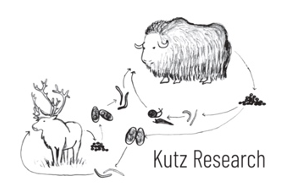 |
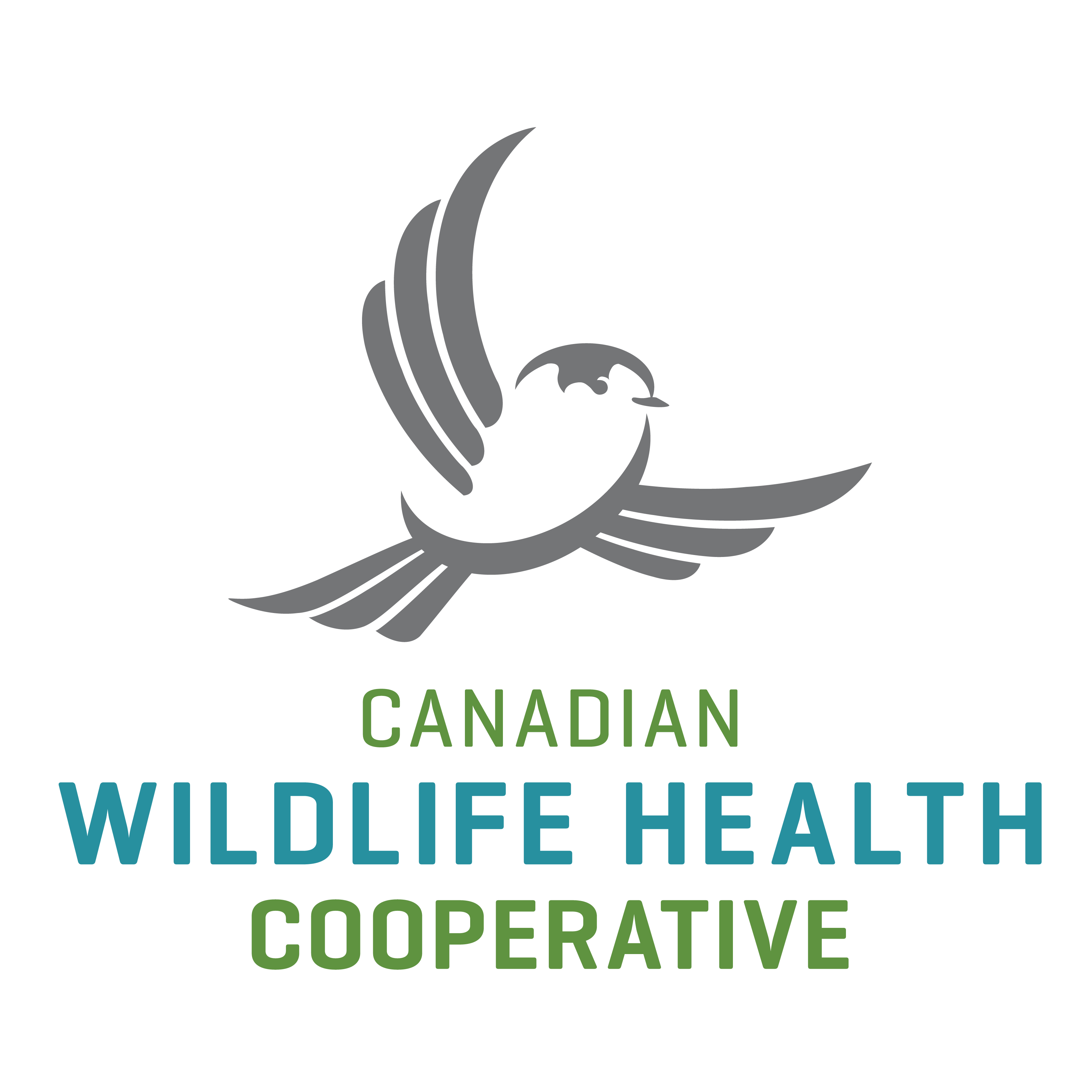 | 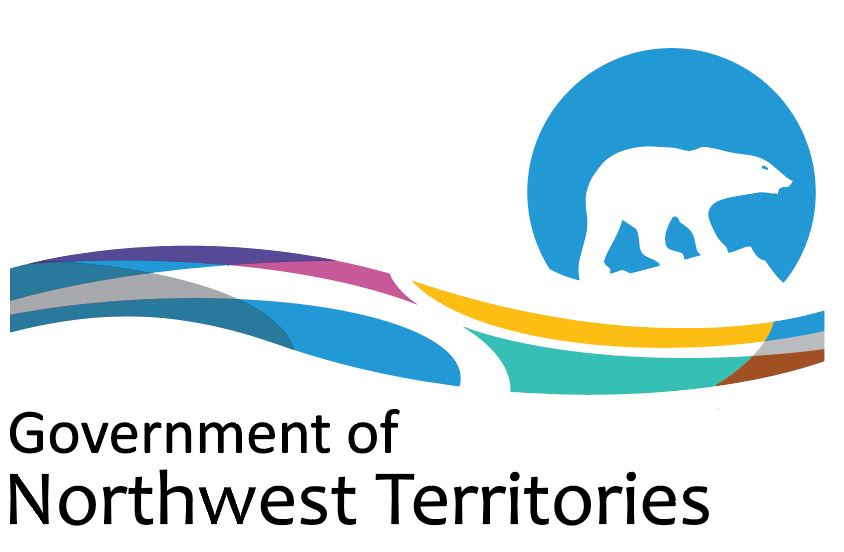 |  |
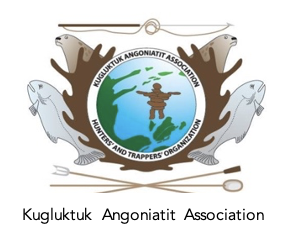 | 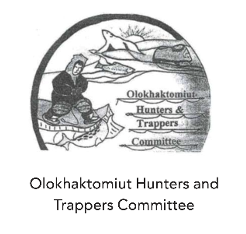 | 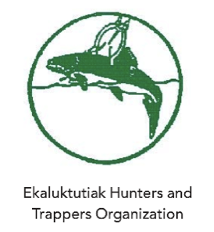 |
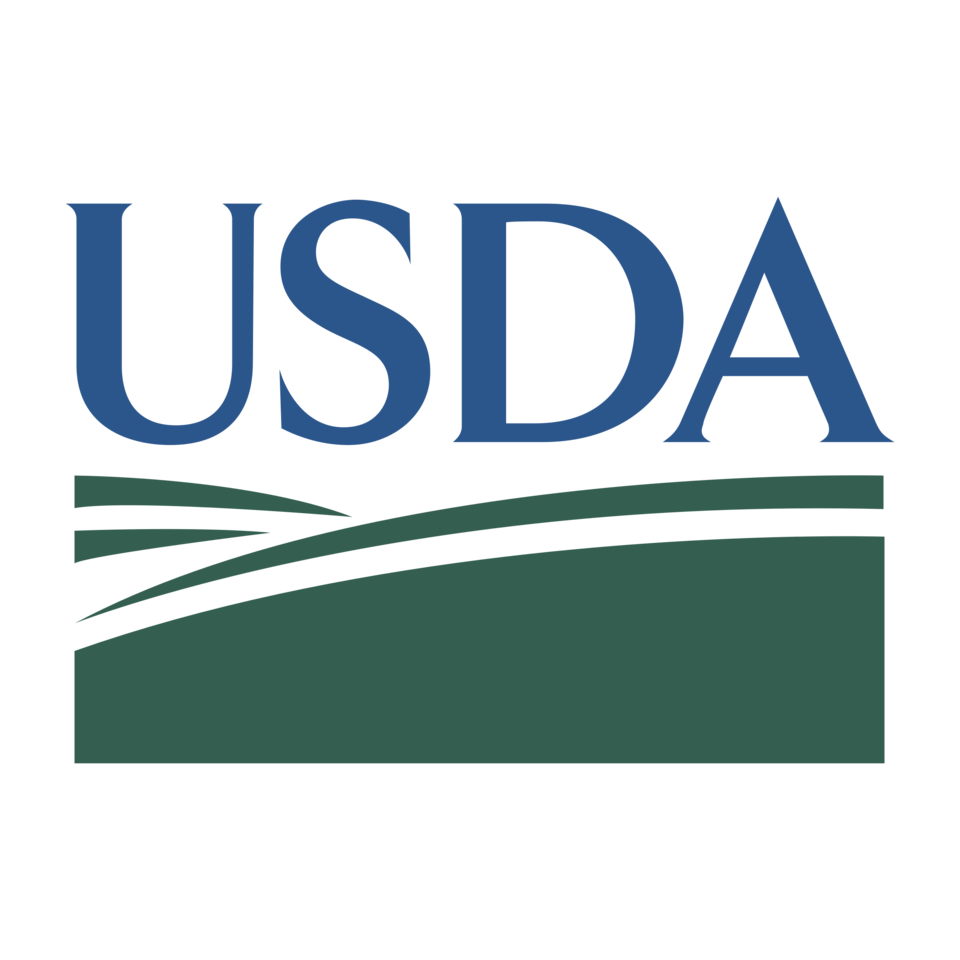 |  |  |